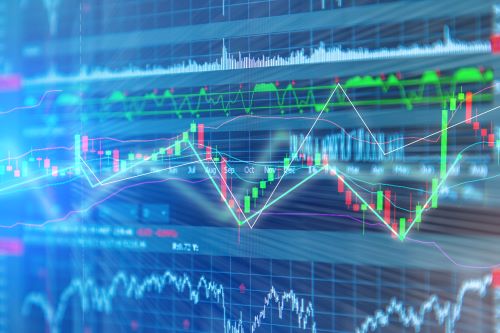5.3.2 Leverage
Leverage focuses on the organisation’s relative dependence on debt and equity (i.e. shareholders’ funds). Most commonly used in the US, it can be calculated using the following formula:
Debt will include non-current debt and current debt. Once you have calculated the leverage ratio, you need to consider how the number should be interpreted. Comparisons with competitors, with sectors that you consider more or less risky, can help you to judge whether the balance between debt and equity is appropriate.
Leverage for Remote Sensors Plc is calculated as follows:
| 2025 | 2024 | 2023 | |
|---|---|---|---|
| £ | £ | £ | |
| Non-current debt – borrowings | 5,600 | 2,990 | 2,580 |
| Current debt – borrowings | 1,000 | 1,745 | 1,900 |
| Total debt | 6,600 | 4,735 | 4,480 |
| Equity | 41,980 | 40,155 | 37,790 |
| Leverage | 15.72% | 11.79% | 11.85% |
Activity 11 provides you with an opportunity to practise calculating and interpreting leverage ratios using real company data.
Activity 11 Calculating leverage
Read the data on debt and shareholders’ equity for Marks & Spencer Group Plc for the years 2018 to 2022 (obtained from Fame) and answer the questions below.
- a.Calculate leverage for the years 2018 to 2022.
| 2022 | 2021 | 2020 | 2019 | 2018 | |
|---|---|---|---|---|---|
| £m | £m | £m | £m | £m | |
| Non-current debt | 3,561.0 | 3,659.9 | 3,865.9 | 1,279.5 | 1,670.6 |
| Current debt | 247.2 | 432.8 | 316.6 | 513.1 | 125.6 |
| Equity | 2,917.9 | 2,285.8 | 3,708.5 | 2,680.9 | 2,954.2 |
| Leverage |
Comment
| 2022 | 2021 | 2020 | 2019 | 2018 | |
|---|---|---|---|---|---|
| £m | £m | £m | £m | £m | |
| Non-current debt | 3,561.0 | 3,659.9 | 3,865.9 | 1,279.5 | 1,670.6 |
| Current debt | 247.2 | 432.8 | 316.6 | 513.1 | 125.6 |
| Total debt | 3,808.2 | 4,092.7 | 4,182.5 | 1,792.6 | 1,796.2 |
| Equity | 2,917.9 | 2,285.8 | 3,708.5 | 2,680.9 | 2,954.2 |
| Leverage | 130.51% | 179.05% | 112.78% | 66.87% | 60.80% |
- b.How do you interpret the changes in the leverage ratios of Marks & Spencer Group Plc?
Feedback
It can be observed that the leverage ratios for M&S were quite high in 2018 (60.80%); however, it kept rising exponentially over the years. Although a high leverage ratio is usually an alarming sign for lenders, a very strong asset base along with the cash flow generated through their business operations provides assurance to lenders about their ability to repay the loans. Given that M&S has a strong market reputation and, owing to their size and financial stability, lenders lend them capital despite their very high financial leverage.
